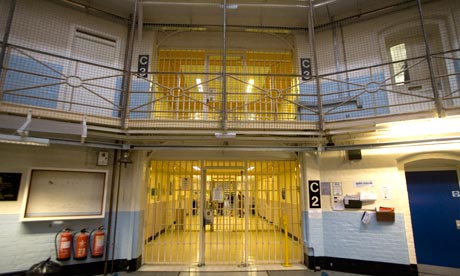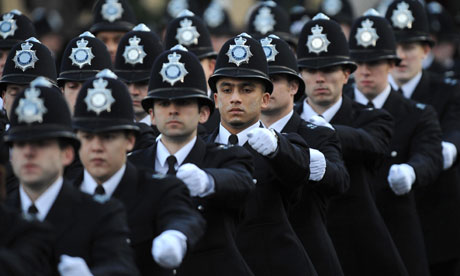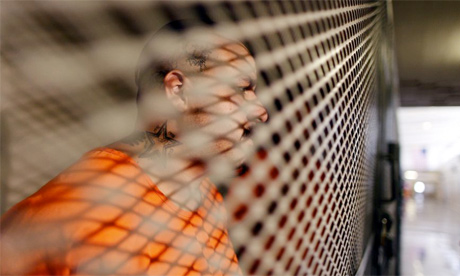Witness testimony has been the gold standard of the criminal justice system, revered in courtrooms and crime dramas as the evidence that clinches a case.
Yet scientists have long cautioned that the brain is not a filing cabinet, storing memories in a way that they can be pulled out, consulted and returned intact.Memory is not so much a record of the past as a rough sketch that can be modified even by the simple act of telling the story.
For scientists, memory has been on trial for decades, and courts and public opinion are only now catching up with the verdict. It has come as little surprise to researchers that about 75 percent of DNA-based exonerations have come in cases where witnesses got it wrong.
This month, the Supreme Court heard its first oral arguments in more than three decades that question the validity of using witness testimony, in a case involving a New Hampshire man convicted of theft, accused by a woman who saw him from a distance in the dead of night.
And in August the New Jersey Supreme Court set new rules to cope with failings in witness accounts, during an appeal by a man picked from a photo lineup, and convicted of manslaughter and weapons possession in a 2003 fatal shooting.
Rather than the centerpiece of prosecution, witness testimony should be viewed more like trace evidence, scientists say, with the same fragility and vulnerability to contamination.
Why is a witness’s account so often unreliable? Partly because the brain does not have a knack for retaining many specifics and is highly susceptible to suggestion. “Memory is weak in eyewitness situations because it’s overloaded,” said Barbara Tversky, a psychology professor at Columbia University’s Teachers College in New York. “An event happens so fast, and when the police question you, you probably weren’t concentrating on the details they’re asking about.”
Hundreds of studies have cataloged a long list of circumstances that can affect how memories are recorded and replayed, including the emotion at the time of the event, the social pressures that taint its reconstruction, even flourishes unknowingly added after the fact.
Yet scientists have long cautioned that the brain is not a filing cabinet, storing memories in a way that they can be pulled out, consulted and returned intact.Memory is not so much a record of the past as a rough sketch that can be modified even by the simple act of telling the story.
For scientists, memory has been on trial for decades, and courts and public opinion are only now catching up with the verdict. It has come as little surprise to researchers that about 75 percent of DNA-based exonerations have come in cases where witnesses got it wrong.
This month, the Supreme Court heard its first oral arguments in more than three decades that question the validity of using witness testimony, in a case involving a New Hampshire man convicted of theft, accused by a woman who saw him from a distance in the dead of night.
And in August the New Jersey Supreme Court set new rules to cope with failings in witness accounts, during an appeal by a man picked from a photo lineup, and convicted of manslaughter and weapons possession in a 2003 fatal shooting.
Rather than the centerpiece of prosecution, witness testimony should be viewed more like trace evidence, scientists say, with the same fragility and vulnerability to contamination.
Why is a witness’s account so often unreliable? Partly because the brain does not have a knack for retaining many specifics and is highly susceptible to suggestion. “Memory is weak in eyewitness situations because it’s overloaded,” said Barbara Tversky, a psychology professor at Columbia University’s Teachers College in New York. “An event happens so fast, and when the police question you, you probably weren’t concentrating on the details they’re asking about.”
Hundreds of studies have cataloged a long list of circumstances that can affect how memories are recorded and replayed, including the emotion at the time of the event, the social pressures that taint its reconstruction, even flourishes unknowingly added after the fact.











